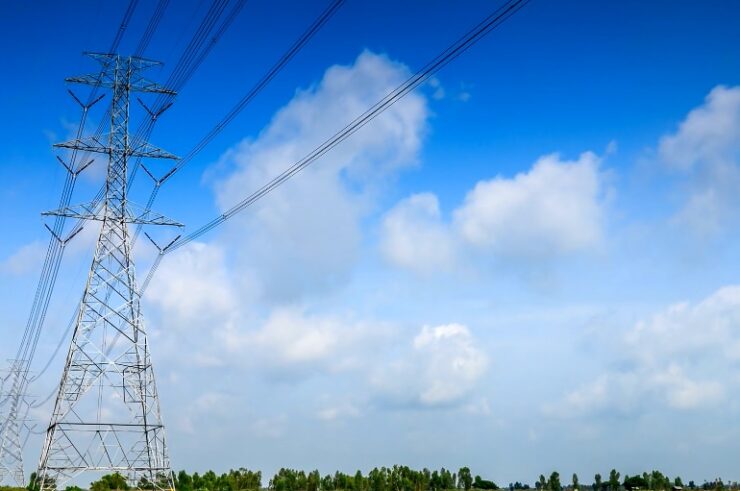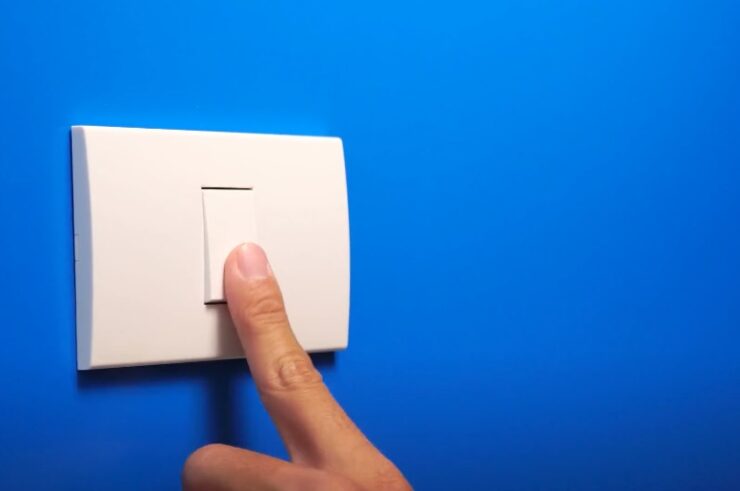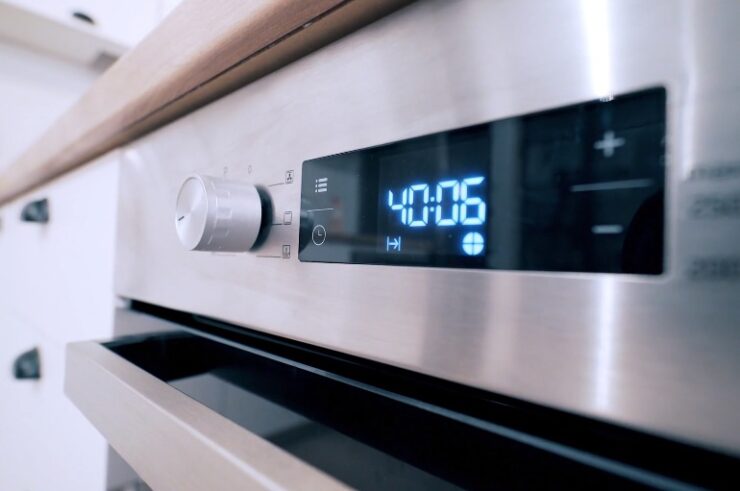Welcome to the electrifying world of kilowatt-hours and electricity costs. Have you ever wondered why your energy bill seems incomprehensible or how you’re charged for using power in your home? Dive in as we illuminate the depths of the kilowatt-hour (kWh), the standard unit for measuring electricity consumption. By the end of this article, you’ll be so well-versed in kWh you’ll practically be a watt-wizard!
The Basics
What is a Kilowatt-Hour?
If you’re not an electrician or an energy analyst, terms like “kilowatt-hour” might sound like scientific jargon. But fear not! A kilowatt-hour is a simple unit for measuring how much electricity you’ve used.
- Kilowatt (kW): This is a unit of power, equivalent to 1,000 watts.
- Hour: This represents the time during which that power is used.
So, a kilowatt-hour (kWh) represents using one kilowatt of power for one hour. To make this more relatable, a 100-watt light bulb running for 10 hours would consume 1 kWh of electricity.
Why Is It Important?
Understanding kWh is vital for several reasons:
- Transparency: Knowing how kWh works helps you understand your energy bills better.
- Budgeting: You can more effectively manage your electricity consumption and save money.
- Sustainability: Being aware of your kWh consumption can guide you toward a more eco-friendly lifestyle.
Calculating Kilowatt-Hours
The formula to calculate kilowatt-hour is: kWh=Power in kW×Time in hourskWh=Power in kW×Time in hours. You can usually find the power rating of an appliance listed on its label or in the manual. If it’s listed in watts, simply divide by 1,000 to convert it to kilowatts. For example, if your coffee maker has a power rating of 1,500 watts, that would be 1.5 kW. If you run it for half an hour every day, it would consume: kWh=1.5 kW×0.5 hours=0.75 kWhkWh=1.5 kW×0.5 hours=0.75 kWh
How Electricity Pricing Works

Before diving into electricity pricing, let’s dispel some myths. Your electricity bill is not some arbitrary number pulled out of thin air; it’s actually based on your kWh consumption. Understanding this can demystify your bills and help you control costs.
Variable vs Fixed Rates
When it comes to electricity pricing, you generally encounter two types of rates:
- Variable Rates: These rates can change monthly or even daily based on market conditions.
- Fixed Rates: With a fixed rate, you pay the same price for each kWh throughout your contract period.
Each type has its pros and cons. Variable rates can save you money when market prices drop, but they can also increase dramatically. Fixed rates provide predictability but might lock you into higher costs when market prices fall.
Additional Costs
It’s crucial to know that the rate per kilowatt-hour isn’t the only charge on your electricity bill. Additional costs can include:
- Delivery Charges: Cost for transporting electricity to your home.
- Taxes and Government Fees: Charges levied by local, state, or federal governments.
- Other Services: Costs for metering, billing, or other customer services.
These charges can significantly impact your overall bill, even if your rate per kWh is low.
Electricity Tariffs
Another aspect to consider is the type of electricity tariff you’re on. Common tariffs include:
- Flat-rate Tariff: One rate for all hours.
- Time-of-Use Tariff: Different rates for peak, off-peak, and shoulder periods.
- Tiered Tariff: The rate changes as your usage passes certain thresholds.
Understanding your tariff can help you strategically use electricity during cheaper periods to save money.
How to Lower Your kWh Consumption

Reducing your kilowatt-hour consumption doesn’t have to involve drastic lifestyle changes. It’s often about making smarter choices that add up over time.
Energy-Efficient Appliances
Opting for energy-efficient appliances can drastically reduce your kWh consumption. Look for products with Energy Star labels, which are certified to be more energy-efficient. Here’s how they can help:
- Lower Consumption: These appliances use less electricity for the same functions.
- Long-Term Savings: Though more expensive upfront, they can save you money in the long run.
- Environmental Impact: Lower kWh usage reduces your carbon footprint.
Behavioral Changes
Sometimes the easiest way to cut kilowatt-hour usage is through small behavioral tweaks:
- Turn off Lights: Always switch off lights when leaving a room.
- Unplug Devices: Disconnect chargers and appliances when they’re not in use.
- Smart Heating and Cooling: Adjust your thermostat settings to be more energy-efficient.
Renewable Energy Options
Renewable energy solutions like solar panels or wind turbines can significantly cut your kWh consumption from the grid. While the initial setup cost is high, the long-term benefits are substantial:
- Reduced Electricity Bills: You generate your own power, thus reducing your consumption from the grid.
- Sustainable Living: Using renewable energy sources is eco-friendly.
- Government Incentives: Many governments offer tax breaks and rebates for installing renewable energy systems.
How External Factors Affect Electricity Costs

Understanding kilowatt-hour and its implications on your electricity bill is crucial, but it’s only half of the equation. Various external factors can also influence the cost of electricity.
Seasonal Fluctuations
In regions experiencing extremes of cold and hot weather, electricity demands tend to spike during winter and summer.
- Increased Demand: High demand usually translates into higher electricity costs per kWh.
- Capacity: Utilities must ensure they have sufficient capacity to meet this demand, which could result in additional charges.
Being aware of these fluctuations can help you budget for these peak seasons effectively.
Geographic Variations
Where you live can significantly affect your electricity costs.
- Supply Chains: States or countries rich in natural resources like coal or natural gas usually offer lower electricity rates.
- Regulations: Local policies and taxes can either alleviate or exacerbate electricity costs.
Global Market Trends
The global energy market plays a considerable role in determining local electricity prices.
- Resource Availability: Scarcity of natural resources like coal and natural gas drives up prices.
- Political Factors: Events like trade disputes can impact the cost of raw materials, affecting electricity prices indirectly.
Common Misconceptions About kWh

Now that we’ve covered what kWh is and how it affects your electricity costs, let’s debunk some of the common misconceptions surrounding it.
“A kWh is a kWh—They’re All the Same”
One might think that a kilowatt-hour is a kilowatt-hour, no matter how or when it is used. However, as we’ve discussed, time-of-use rates and tiered tariffs mean that not all kWhs are priced the same.
- Cost Difference: A kWh used during peak hours could cost significantly more than one used during off-peak hours.
- Carbon Footprint: A kWh generated from renewable energy has a different environmental impact than one generated from fossil fuels.
“Lower kWh Rate Means Lower Bills”
This is a misconception that gets many people into trouble. While a lower kWh rate is generally a good thing, it’s not the only factor affecting your final bill.
- Additional Costs: As we discussed earlier, various charges like delivery and taxes can still bump up your bill.
- Usage: A lower rate won’t save you money if your electricity consumption is high.
“Using Less Power for More Time Consumes Fewer kWh”
Some people think that using an appliance at a lower setting for a longer time will consume fewer kilowatt-hours. However, as we saw in the formula, kWh is a product of power and time.
- No Real Savings: Using a 500-watt air conditioner for 2 hours consumes the same kWh as using a 1,000-watt air conditioner for 1 hour.
- Efficiency: More efficient appliances might deliver the same performance but consume fewer kWh, providing real savings.
Final Words
The kilowatt-hour is not just a unit of measurement; it’s the backbone of understanding your electricity consumption and costs. By knowing how kWh works, understanding your electricity tariff, and implementing energy-saving practices, you can take control of your energy bills and make a positive environmental impact. So, go ahead—be the watt-wizard you were destined to be! If you found this article helpful, don’t forget to share it with others. Let’s demystify electricity, one kilowatt-hour at a time!

